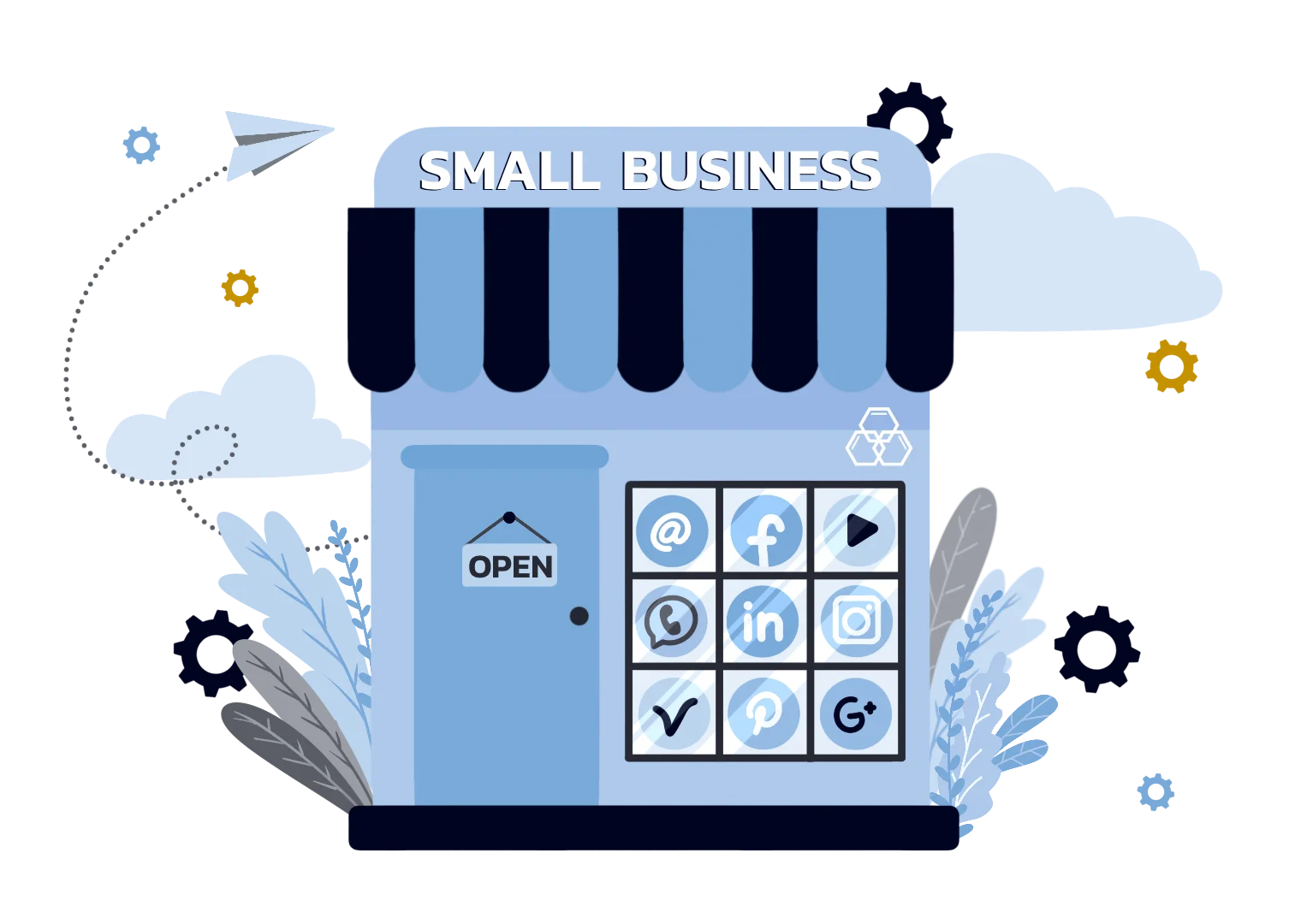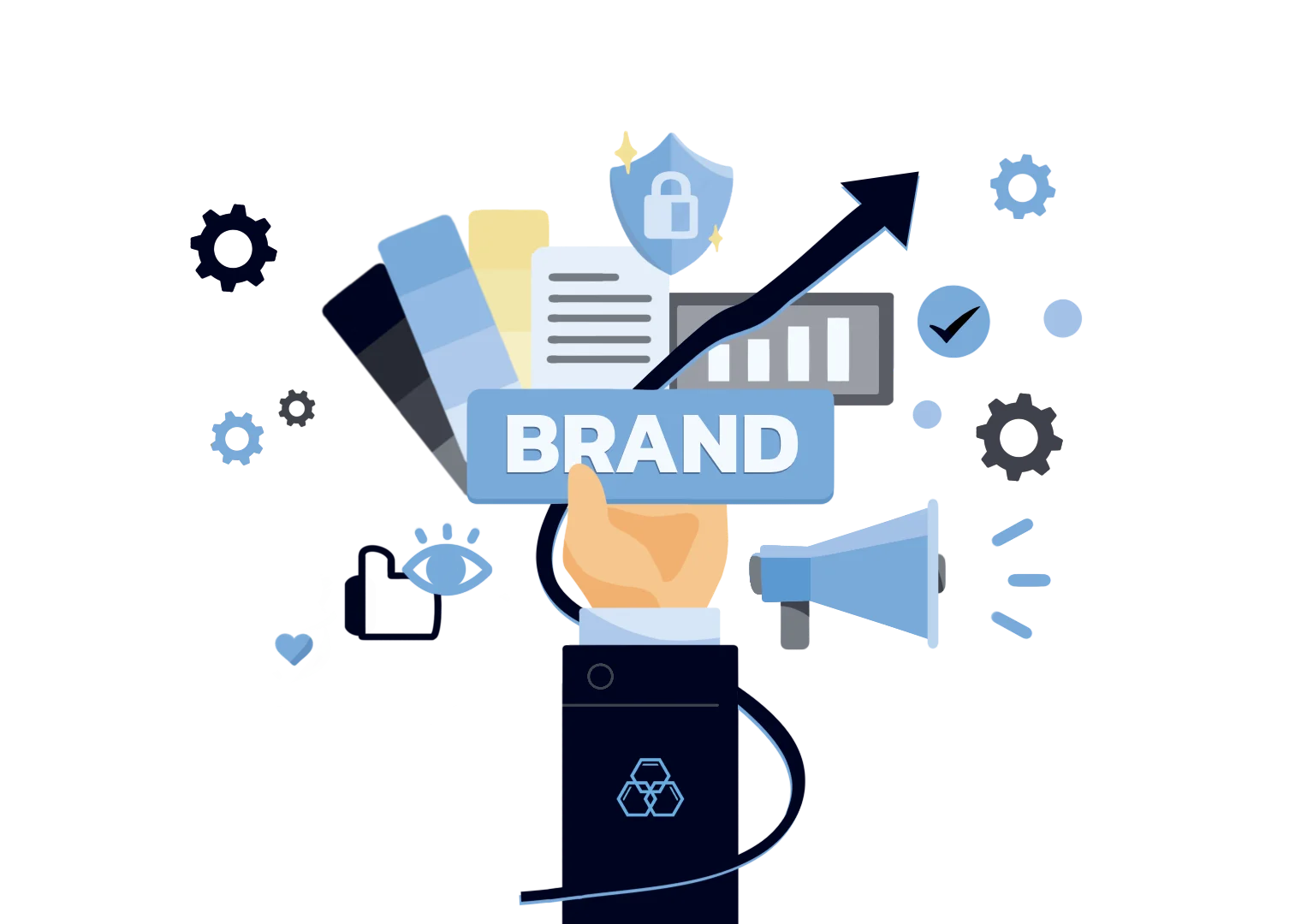The future of small business advertising
Recent advances in technology have had major impacts on the world of advertising. According to a study published by Global Industry Analysts Inc, the global market for digital advertising and marketing was worth an estimated $350 billion during 2020. And that same study also predicts that the market will reach $786.2 billion by the year 2026. The pandemic didn’t slow down the digital advertising industry at all, unlike many other industries.
The Covid pandemic forced marketing agencies, corporations, and local businesses to reevaluate their marketing ad campaign(s). They couldn’t rely on traditional media like print advertising, a car radio ad, or billboards anymore because, for an extended period of time, people were staying at home. Many companies doubled their digital ad spend and shifted their focus onto Tv advertising, streaming ads, and new social media marketing initiatives for brand awareness.
And as we can plainly see, the move paid off tremendously. It helps that technology and software have increased the ad space where companies can find a new relevant audience. The constant creation of new social media platforms combined with advertising tech can even help stimulate the growth of a local business, especially when compared to 20 years ago.
But now there are new kids on the block. Advertising is no longer as simple as posting something on social media and waiting for engagement. It’s important to consider the technological changes that are currently happening to spearhead this endeavor. There are five advances leading the way: Big Data, BAT coin on the Brave web browser, virtual reality, augmented reality, and artificial intelligence.
Big Data
Big Data refers to the massive collections of consumer data that is impossible to gather from traditional media like billboards or flyers. With all that consumer data, a local business owner will find a vast amount of valuable insights that will enhance their local marketing campaigns' reach to their local audience of potential customers. Big data can also help refine and shape a target audience so as a marketing director learns more about them, the content or ads created has a bigger impact and ROI on ad spend.
The aim of Big Data is to create a one-to-one marketing experience with a consumer and make them feel catered to. Data like demographics, personal preferences, transactions, and behavioral patterns, to name a few, are things big data can collect. Personalized campaigns can offer huge returns on investment and see sales go up tremendously along with brand awareness.
By identifying and evaluating who their target audience is, a business can create a systemic approach on how to reach them with captivating ads. They can look at who spends a lot and consistently as well as potential customers or hot leads.
Basic Attention Token & Brave Browser
Speaking of personalized ads, the Basic Attention Token, or BAT, on the Brave browser is a new frontier in this regard.
BAT was created by the co-founder of Mozilla, Brendan Eich, to improve upon the security and efficiency of web ads via blockchain technology. It’s a token on the Brave browser that was built on top of the Ethereum token.
The way that it works is a user with a BAT has their interactions with digital ads stored on a blockchain ledger. From this information, BAT tokens are distributed to users and publishers on behalf of the marketing budget of the business.
Users themselves will get to see less random ads and more content tailored specifically to them, publishers will gain another new revenue source, and small companies will learn how to target certain groups using knowledge on preferences and interests. Best of all, fraud is projected to become a lot easier to avoid.
Bots continue to pat advertising stats and add fake impressions. Combine that with the increasing monopolies owned by social media platforms and the drop in credibility, it’s becoming difficult for marketing campaigns to do their job.
Virtual Reality
If reach is the problem, there are other avenues to try out. Virtual reality has been around for a long time, but it’s yet to reach its full potential. Advertisers see this and are already capitalizing on the opportunity. Oreo, for example, created an interactive world made out of milk and chocolate for customers to play in as a new way to bring attention to their treats. Fashion retailer TopShop gave the public an opportunity to view a fashion runaway during London Fashion Week using VR.
Other examples take a more serious advertising approach. The New York Times teamed up with the VR studio vrse.works to create ‘Displaced’, a series that brought to light the struggles children face after losing their homes to war. The interactivity of virtual reality is a huge selling point for ads and how it can be used to create a great customer experience and unique marketing opportunities.
Augmented reality
Augmented reality is another way to boost interactivity. AR, for short, adds computer-generated interactive objects into the real world through a smart device. The best examples will be Instagram photo filters or Pokemon GO. The AR elements aren’t obviously in the real world, but you can still interact with them on your phone.
Advertisers can use AR ads to create emotional connections with customers rather than just plain images or banner ads. Similar to playing a video game, if you can manage to form a bond with a customer, they’re more likely to come back. Plus, it can be used to inform customers about nearby businesses, cafes, clothing stores, whatever. Information can be displayed on the screen of a smartphone and tell you all you want to know.
And everything mentioned here wouldn’t be possible without the power of artificial intelligence. AI in advertising can be used to simulate human intelligence and be used as a way to predict how people will interact with a product or service.
Artificial intelligence
AI can use historical data from past experiences to make better decisions, predict more accurate potential outcomes and increase advertising effectiveness. It can help better segment audiences and compartmentalize them while also measuring the results of past ads. An example of AI being used today is programmatic advertising. In a world where there are so many platforms and websites, it's impossible to look at each one and see if it's a good place to attract your next customer. This is where programmatic advertising comes in. AI is able to scan millions of websites and apps every second and analyze which platforms based on your unique market are viable and would have a great ROI. It can literally take a local company that has 0 advertisement initiatives and make them Omnichannel.
AI is just another way that ad tech has been making it easier for local businesses to pump out better-branded content and worry less about where it will be posted. Programmatic ad spend is one of the most effective ways companies can spread their advertising message.
At the end of the day, that’s what it’s all about: personalization. With technology, advertisers have found ways to create better marketing campaigns that appeal to select niches.
The focus is on enhancing the customer experience and making it more enjoyable for all as well as getting that big return on investment. Artificial intelligence is mainly the catalyst through everything else is made possible.
Even as new tools and platforms come out, it remains the same. How can an ad reach that one person? It wouldn’t surprise us to see full-fledged ad campaigns marketed in a virtual world in the same capacity as reality. But it’s important to catch on to this as soon as possible.






